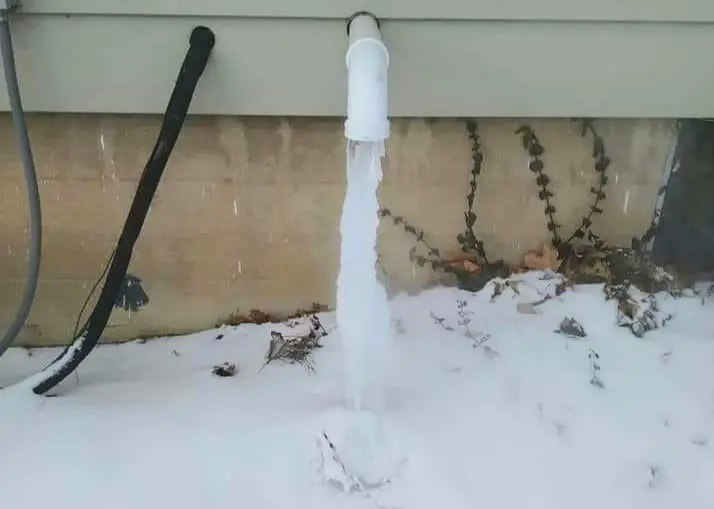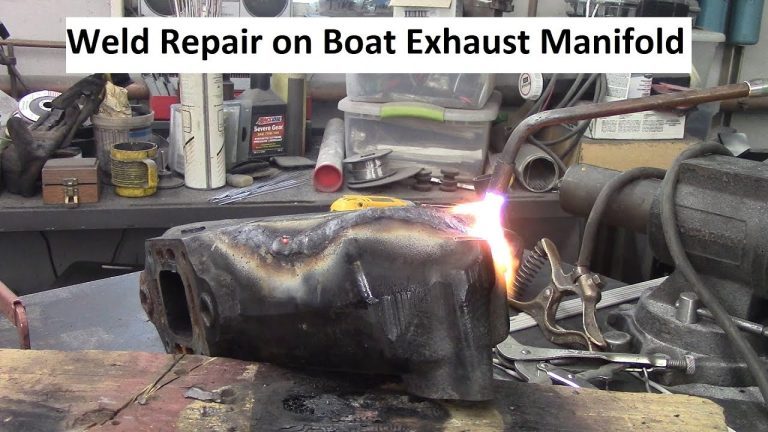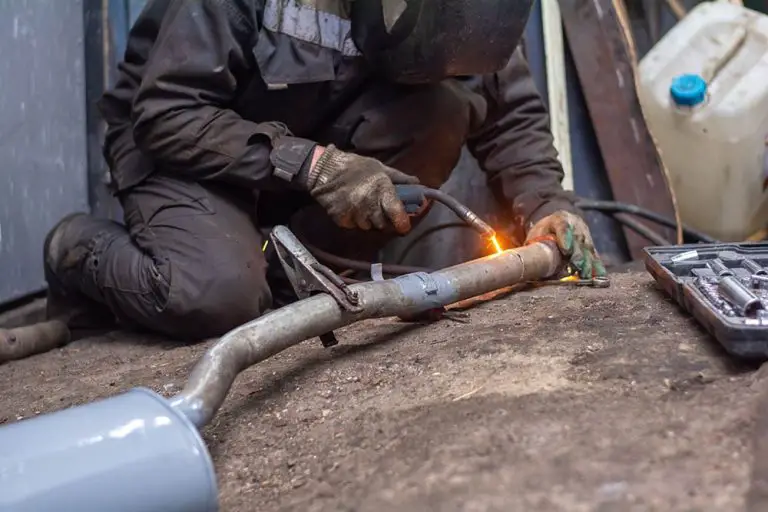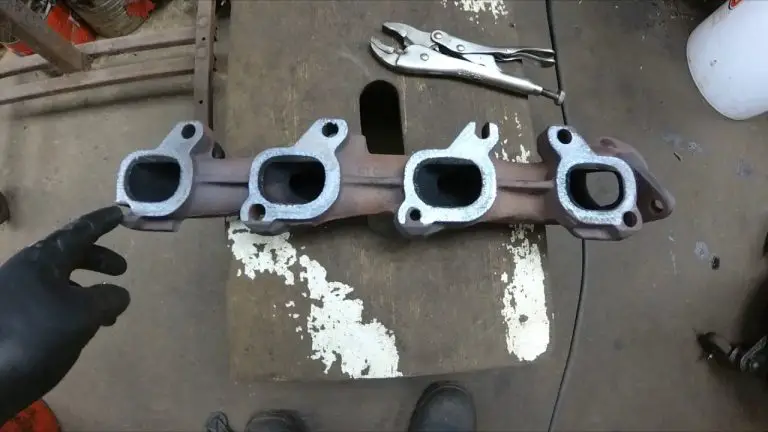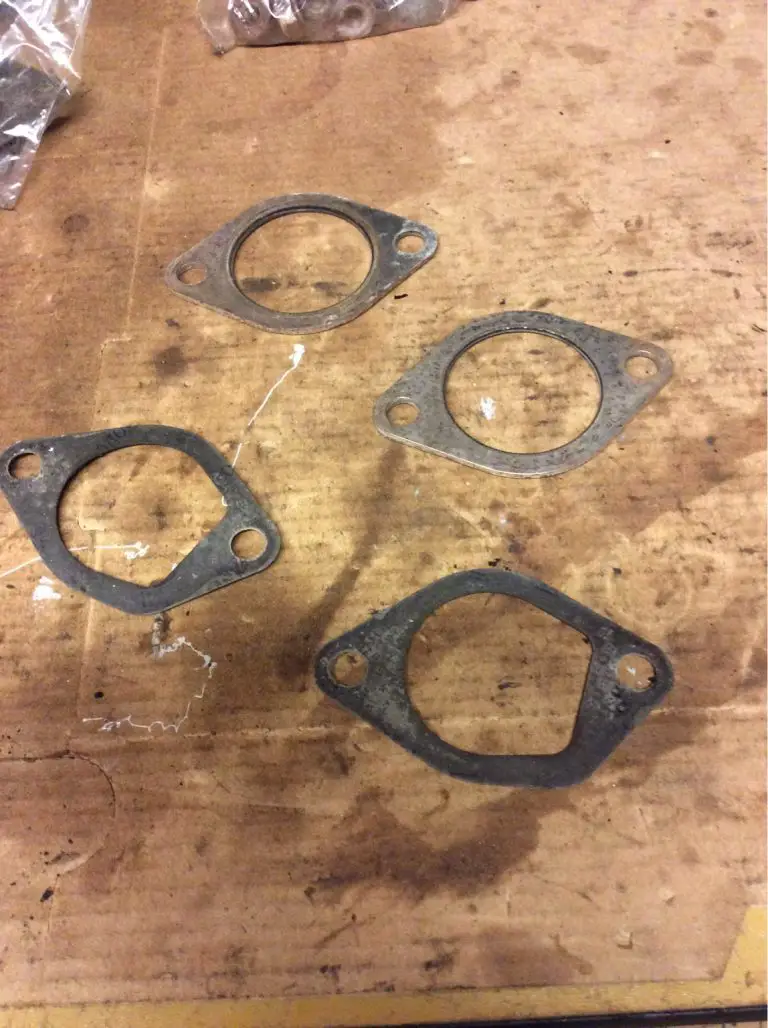Maintaining Exhaust System Seals And Gaskets: Best Practices for Longevity.
Maintaining exhaust system seals and gaskets requires regular inspection and replacement to prevent leaks and ensure optimal performance. Your vehicle’s exhaust system plays a crucial role in removing harmful gases and reducing noise.
However, over time, the seals and gaskets in the system can wear out, leading to leaks and diminished efficiency. To keep your exhaust system functioning at its best, it is important to follow some best practices for seal and gasket maintenance.
This article will discuss these practices and provide tips on how to properly maintain the seals and gaskets in your exhaust system. By following these guidelines, you can help extend the lifespan of your exhaust system and avoid costly repairs.

Credit: www.quadrafire.com
Understanding The Role Of Seals And Gaskets In An Exhaust System
Seals and gaskets are vital components in an exhaust system, playing a crucial role in preventing leaks and ensuring optimal performance. By creating a tight seal, they help to maintain the integrity and efficiency of the system. Over time, however, these seals and gaskets can wear down or deteriorate due to heat, pressure, and other factors.
Regular inspection and maintenance are essential to detect any signs of damage or wear. It is recommended to check for any visible signs of leaks, such as soot or carbon deposits, as well as listening for any unusual noises. In case of a damaged seal or gasket, it is important to replace them promptly to prevent any further complications.
Properly maintaining seals and gaskets will not only extend the lifespan of the exhaust system but also contribute to the vehicle’s overall performance and fuel efficiency.
Signs Of Damaged Exhaust System Seals And Gaskets
Exhaust system seals and gaskets play a crucial role in the functioning of a vehicle. So, it is important to be aware of the signs indicating their wear and tear. Unusual noises emanating from the exhaust system can be a warning sign of damaged seals and gaskets.
Additionally, if you notice an increase in fumes or a strong smell of exhaust inside the vehicle, it could indicate a problem with these components. Moreover, a decrease in fuel efficiency or a drop in engine performance might also be attributed to worn-out seals and gaskets.
Identifying these common indicators is essential to address potential issues promptly and maintain the smooth operation of your exhaust system. Regular inspections and timely replacements are best practices for ensuring the longevity and functionality of your vehicle’s seals and gaskets.
By following these guidelines, you can prevent any major issues and costly repairs in the long run.
Best Practices For Maintaining Exhaust System Seals And Gaskets
Regular visual inspections for damage or deterioration are key to maintaining exhaust system seals and gaskets. These components play a crucial role in preventing leaks and allowing your vehicle’s engine to function properly. When choosing materials for replacement, opt for high-quality seals and gaskets that are specifically designed for exhaust systems.
By investing in top-notch materials, you can ensure longevity and optimal performance. Remember to follow manufacturer guidelines for installation to guarantee a proper seal. Keeping up with regular maintenance and visual inspections will help identify any signs of wear or damage early on, allowing you to address issues promptly.
By taking these best practices into consideration, you can keep your exhaust system running smoothly and avoid costly repairs down the line.
Proper Installation Techniques For Exhaust System Seals And Gaskets
Proper installation techniques are crucial for maintaining exhaust system seals and gaskets. Ensuring correct alignment and positioning is the first step in achieving a secure and effective seal. Use specialized tools, such as alignment jigs and torque wrenches, to guarantee optimum results.
Carefully inspect the seals and gaskets for any signs of wear or damage before installation. Clean the mating surfaces thoroughly to remove any debris or residue that can hinder a tight seal. Apply a high-quality sealant or gasket sealant to enhance the seal’s integrity and longevity.
Remember to tighten the fasteners evenly and gradually to prevent leaks or distortion. By following these best practices, you can extend the lifespan of your exhaust system and maintain optimal performance.
Strategies To Extend The Lifespan Of Exhaust System Seals And Gaskets
To extend the lifespan of your exhaust system seals and gaskets, it is important to avoid excessive heat exposure and thermal cycling. Regular maintenance, cleaning, and lubrication should be a part of your maintenance strategy. By carefully monitoring the temperature of the exhaust system and addressing any leaks or failures promptly, you can minimize the risk of damage to the seals and gaskets.
When conducting maintenance, be sure to use high-quality seals and gaskets that are specifically designed for your exhaust system. Additionally, regularly inspecting the seals and gaskets for signs of wear and tear will allow you to catch any issues early on and prevent further damage.
Overall, a proactive approach to maintenance will help ensure the longevity and performance of your exhaust system’s seals and gaskets.
How To Replace Exhaust System Seals And Gaskets
Replacing exhaust system seals and gaskets is crucial for maintaining a properly functioning vehicle. To safely and effectively replace damaged components, follow this step-by-step guide. Firstly, carefully inspect the exhaust system to identify any leaks or worn-out seals. Next, ensure you have the right replacement parts by referring to the manufacturer’s specifications.
When removing the old seals and gaskets, be gentle to avoid damage. Clean the mating surfaces thoroughly before installing the new components. Use a high-quality sealant or gasket maker to ensure a proper seal. Finally, tighten the bolts and clamps evenly to prevent any leaks.
By following these best practices and selecting the right replacement parts, you can ensure a reliable and efficient exhaust system for your vehicle.
Common Mistakes To Avoid In Maintaining Exhaust System Seals And Gaskets
Maintaining exhaust system seals and gaskets requires avoiding common mistakes. Using incorrect sealants or adhesives can compromise the effectiveness of these crucial components. Over-tightening or under-tightening connections is another error to steer clear of. By following best practices, you can ensure that your exhaust system remains in top condition.
Use the right sealants and adhesives specifically designed for exhaust systems. Be careful not to apply too much or too little torque when tightening connections. This will prevent leaks and maintain the integrity of the exhaust system. Regular inspections and replacements, when necessary, will further prolong the lifespan of seals and gaskets.
By avoiding these common mistakes, you can keep your exhaust system running smoothly and maintain optimal performance.
The Role Of Professional Maintenance In Exhaust System Seals And Gaskets
Regular inspections and servicing are vital for maintaining the seals and gaskets in your exhaust system. By relying on the expertise of automotive professionals, you can ensure that any issues are detected and resolved promptly. These professionals have the knowledge and experience to identify potential problems before they worsen, saving you from costly repairs down the line.
Additionally, professional maintenance ensures that the seals and gaskets are functioning optimally, preventing leaks or other issues that may affect the performance of your vehicle. Don’t overlook the importance of regular servicing for your exhaust system seals and gaskets – it’s a small investment that can go a long way in preserving the overall health of your vehicle.
Trust the professionals to keep your exhaust system in top condition.
Frequently Asked Questions For Maintaining Exhaust System Seals And Gaskets: Best Practices
How Can I Tell If My Exhaust System Seals And Gaskets Need Replacing?
If you notice loud noises, a decrease in performance, or exhaust smells inside the vehicle, it’s a sign that your exhaust system seals and gaskets may need replacing. These issues can lead to leaks, which can impact your engine’s performance and even pose safety hazards.
What Are The Common Causes Of Exhaust System Seal And Gasket Failure?
Exposure to extreme temperatures, vibrations from the engine, and corrosive exhaust gases are common causes of exhaust system seal and gasket failure. Additionally, improper installation, poor maintenance, and wear and tear over time can contribute to their deterioration.
How Often Should I Inspect And Replace My Exhaust System Seals And Gaskets?
It is recommended to inspect your exhaust system seals and gaskets during routine maintenance checks, such as oil changes or tire rotations. As for replacements, it depends on factors like the age of your vehicle, driving conditions, and the quality of the seals and gaskets.
A professional mechanic can provide personalized advice.
Can I Replace Exhaust System Seals And Gaskets Myself?
While some experienced diyers may tackle this project, it is generally recommended to have a professional mechanic handle the replacement of exhaust system seals and gaskets. This ensures proper installation and helps avoid potential complications or further damage to your vehicle.
Are There Any Preventive Measures I Can Take To Prolong The Lifespan Of Exhaust System Seals And Gaskets?
Regularly inspecting your exhaust system for signs of damage, ensuring proper installation and alignment, and using high-quality seals and gaskets can help prolong their lifespan. Additionally, avoiding extreme driving conditions and promptly addressing any issues can prevent further damage and help maintain their integrity.
What Are The Consequences Of Ignoring Exhaust System Seal And Gasket Problems?
Ignoring exhaust system seal and gasket problems can lead to serious consequences. Leaking exhaust gases can enter the cabin, posing health risks. It can also negatively impact engine performance, fuel efficiency, and the overall lifespan of your vehicle. Timely inspections and repairs are important for safety and optimal functioning.
Conclusion
To keep your exhaust system running smoothly, it’s crucial to prioritize the maintenance of its seals and gaskets. These components play a vital role in ensuring that harmful gases are properly channeled out of your vehicle, preventing leaks, noise, and potential engine damage.
Regular inspections can help to identify any wear and tear, allowing you to address issues promptly. Remember to use high-quality replacement parts and ensure tight fitting during installation. Regular cleaning and inspection of seals and gaskets can prevent corrosion and extend their lifespan.
Don’t forget to pay attention to the flanges and hangers as well, as they also contribute to the overall effectiveness of the exhaust system. By incorporating these best practices into your maintenance routine, you can ensure the longevity and performance of your exhaust system, keeping your vehicle running smoothly for years to come.

